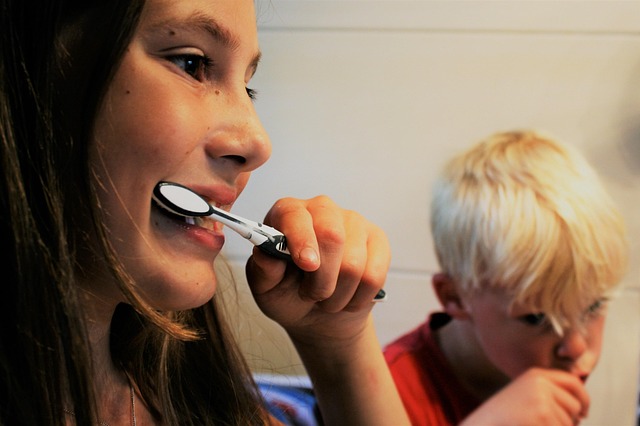Managing Persistent Nasal Drainage in Children: Practical Tips for Caregivers
Persistent nasal drainage in children can interfere with sleep, feeding, and concentration. Caregivers benefit from clear, practical steps to manage mucus, ease congestion, and support a child’s comfort while recognizing when medical help is needed promptly.

Runny noses are common in childhood, but when nasal drainage persists it can affect breathing, sleep, feeding, and everyday comfort. This article offers practical, evidence-informed approaches caregivers can use at home and explains when to seek pediatric assessment. The focus is on symptom relief, safe remedies, and environmental strategies that address mucus, congestion, and underlying triggers.
This article is for informational purposes only and should not be considered medical advice. Please consult a qualified healthcare professional for personalized guidance and treatment.
What causes mucus and congestion?
Mucus production is a normal protective mechanism; it traps particles and helps clear pathogens. Congestion occurs when nasal tissues swell from inflammation, viral infection, or irritation. Viral colds are the most frequent cause and often resolve in 7–14 days, while persistent clear drainage may suggest allergic rhinitis or ongoing postnasal drip. Observing the pattern—color, timing, and associated symptoms—helps determine likely causes and guides care.
Could allergies or sinus issues be involved?
Allergies typically produce clear, watery mucus accompanied by sneezing and itchy eyes. Sinus inflammation can lead to thicker mucus and facial discomfort in older children who can describe symptoms. Environmental controls—reducing dust mites, limiting pet dander exposure, and avoiding strong odors—can reduce allergy-driven drainage. If allergies are suspected or symptoms persist, a pediatrician or allergist can evaluate triggers and discuss targeted treatments.
Are saline and decongestants safe?
Saline nasal sprays or drops are a low-risk first-line measure to thin mucus and clear passages; they are appropriate for infants and children and can be used frequently. Suction devices for infants can assist after saline application. Over-the-counter decongestants and some antihistamines have age restrictions and potential side effects; they should be used only with pediatric guidance. Topical medicated nasal sprays for older children may help short-term but require clinician direction to avoid rebound effects.
How do hydration and humidity help?
Adequate hydration thins secretions, making mucus easier to clear and improving breathing. Maintaining moderate indoor humidity (about 40–50%) can prevent nasal passages from drying and reduce irritation, but excess humidity can increase mold and dust mite exposure, potentially worsening allergy symptoms. Use a hygrometer to monitor levels, clean humidifiers regularly, and balance humidification with ventilation to support comfort without promoting allergens.
When does inflammation affect breathing and sleep?
Inflammation from infection or allergy can narrow nasal passages and disrupt sleep, especially in infants who rely on nasal breathing during feeds. Signs that warrant prompt pediatric evaluation include noisy or labored breathing, difficulty feeding, poor weight gain, high or persistent fever, and sleep disruption beyond a typical cold. Managing nighttime symptoms with saline before sleep, gentle suction for infants, and comfortable sleeping positions can reduce sleep disturbances until a clinician can assess the child.
What hygiene and travel tips support the immune system?
Hand hygiene and cleaning commonly touched surfaces help reduce spread of viruses that cause runny noses. In travel situations, plan for changes in pressure by encouraging swallowing or using saline sprays; keep hydration high and bring age-appropriate remedies discussed with your pediatrician. Supportive measures—balanced nutrition, consistent sleep, and avoiding smoke exposure—help the immune system function effectively; discuss vaccines and routine pediatric care to reduce infection risk.
Conclusion
Persistent nasal drainage in children often responds to simple measures: saline irrigation, hydration, controlled humidity, and attention to hygiene and allergens. Monitor breathing, feeding, and sleep, and seek pediatric evaluation when symptoms are severe, prolonged, or accompanied by signs of distress. Combining home management with professional advice when needed helps protect a child’s comfort and respiratory health.






